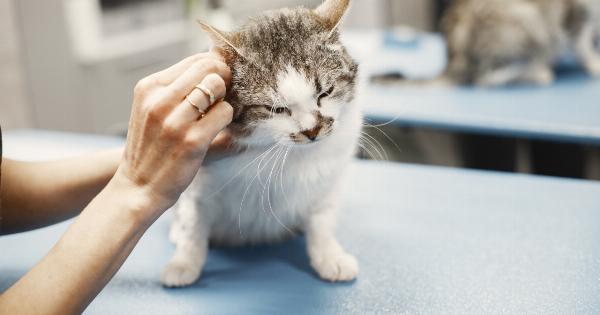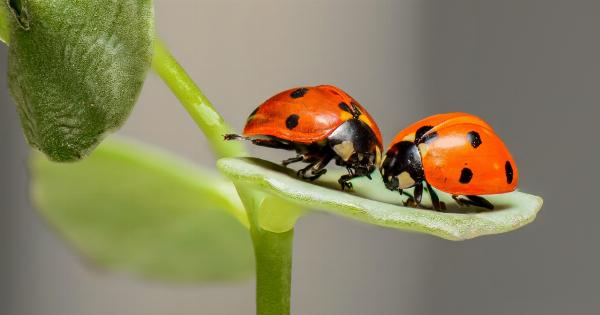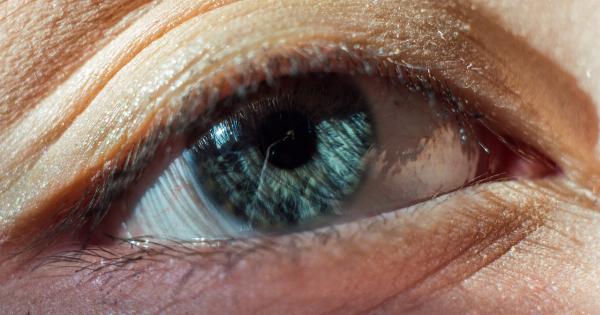Mites are tiny arthropods that are too small to be seen with the human eye. They belong to the group of animals called Acari, which also includes ticks.
There are more than 48,000 species of mites in the world, and they can be found in many different environments.
Their characteristics
Mites have a round or oval body, and most of them have four pairs of legs. They range in size from 0.1mm to 10mm, with some species being even smaller. Mites can be found virtually everywhere, from soil and water to plants and animals.
They range in color from white to brown or black, and some species are brightly colored.
Life cycle of mites
Mites have a simple life cycle, with four stages: egg, larva, nymph, and adult. Depending on the species, the development time may take from a few days to several months. Some mites lay thousands of eggs at once, while others produce only a few.
Feeding habits of mites
Mites are important decomposers in the ecosystem, helping to break down organic matter into smaller particles that can be used by other organisms. They also play a role in nutrient cycling, especially in soil.
Some mites are herbivores and feed on plants, while others are predators and feed on small arthropods and other mites. Some mites are even parasites and feed on the blood or tissue of animals.
Types of mites
There are many different types of mites, each with its own unique characteristics and behaviors. Dust mites, for example, are found in house dust and feed on dead skin cells from humans and animals.
Demodex mites are found on the skin of mammals, including humans, and feed on oils produced by hair follicles. Spider mites are plant pests that can cause significant damage to crops and fruit trees.
Their impact on humans
While many species of mites are harmless to humans, some can cause health problems, allergies, and even disease. Dust mites, for example, can trigger allergies and asthma in some people.
Scabies mites can cause a skin condition called scabies, which is highly contagious. Some species of mites are also known to transmit diseases to humans and other animals.
Mites under the microscope
When viewed under a microscope, mites can reveal intricate details about their anatomy and behavior. For example, the tiny hooks on the legs of spider mites help them grip onto plant surfaces as they feed.
The mouthparts of predatory mites are designed for piercing and sucking the fluids out of their prey.
Microscopic images of mites
Microscopic images of mites can be fascinating and beautiful. Some species have striking patterns or colors, while others have intricate structures that reveal the complexity of their bodies.
With advanced microscopy techniques, scientists can study mites in great detail, revealing new insights into their behavior and evolution.
Control measures for mites
Controlling mites can be challenging, especially in agricultural settings where they can cause significant damage to crops and fruit trees.
Integrated pest management (IPM) strategies, which use a combination of techniques such as biological control, chemical control, and cultural practices, can be effective in controlling mite infestations.
Conclusion
Mites are tiny but fascinating creatures that play important roles in the ecosystem. While some species can cause problems for humans and other animals, most mites are harmless and serve important ecological functions.
By studying mites under the microscope, scientists are learning more about these unique creatures and the complex interactions they have with their environment.






























